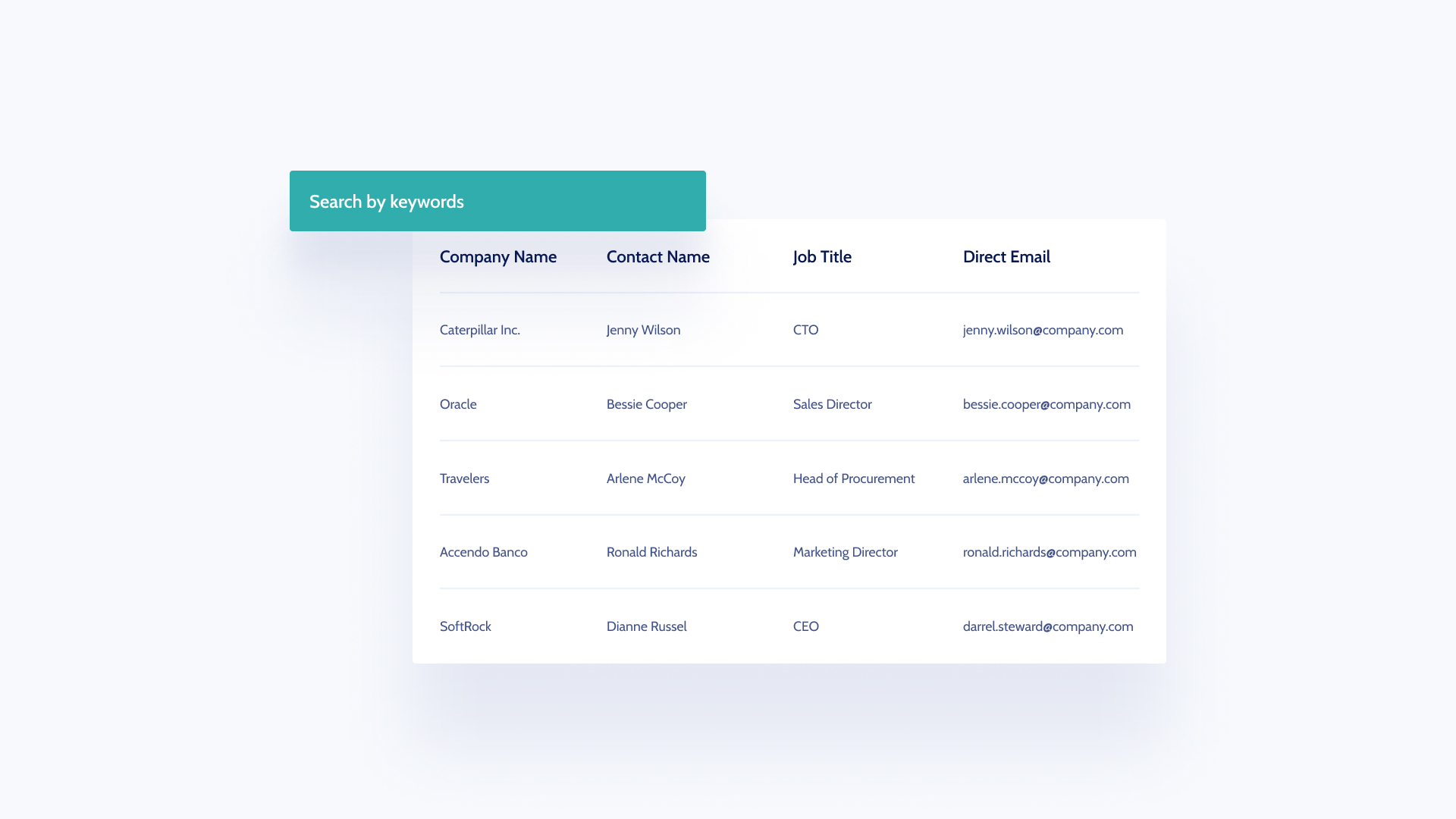How are SIC and NAICS codes assigned?
Both SIC and NAICS codes are self-assigned, with the main difference being that SIC codes are no longer updated, and while they continue to be used, no new codes are generated. No revisions have been made to SIC codes since 1987 and the Standard Industrial Classification (SIC) Manual housed on the US Department of Labor OSHA site is dated from that year.
In contrast, NAICS are updated every five years and new subsectors added. The framework was last updated in 2017 and will be reviewed and revised in 2022. NAICS industries are classified according to a 6-digit system that allows more flexibility and is much more robust then the 4-digit SIC system. It classifies businesses according to business similar business processes and was designed by a cohort of statistical agencies from Mexico, Canada and the US, representing a more international standard based on coherent economic principles. The longer code also provides for additional details, allowing better data collection and segmentation. The sixth digit contains information pertaining to the individual country. The NAICS agreement fixes only the first five digits of the code, which will always be the same regardless of the user country.
Are SIC codes still relevant?
You might be wondering if SIC codes even matter if they are no longer revised and updated? Yes, very much so. While new SIC federal business codes are no longer updated, they are still utilised in many commercial databases and required for many different applications. Contractors and agencies may need to provide a SIC or NAICs federal business code in order to complete an application. The US Department of Labor and the Occupational Safety and Health Agency OSHA website publishes SIC codes. They will remain relevant to researchers and professionals for quite some time as older organizations transition slowly over to NAICS. Most companies and agencies are using NAICS, even if they also use SIC codes. Older industries and some public sector organizations may still find the SIC code system more relevant to their industry, so a dual system will probably exist well into the foreseeable future.
For marketers, SIC codes used with NAICS codes can supply more specific information and help segmentation and targeting.
Are SIC codes accurate?
There are many ways SIC codes are still used, but for marketers they are some of the most reliable data out there. Now only can you do a SIC code lookup by company name, a company code search, you can also query and entire subsector like services to see what the market is doing. Like any data point, there are more meaningful with other information, so many companies use both the SIC and NAICS codes as well as refining by other metadata.
What is a SIC code example?
 You can look do a SIC lookup by company name to view how a company is classified and what federal business code numbers is associated with their company.
You can look do a SIC lookup by company name to view how a company is classified and what federal business code numbers is associated with their company.
One SIC code example is Cisco, which is classified as: Industry: 3577—Computer Peripheral Equipment, Not Elsewhere Classified, and a secondary classification Industry: 7379—Computer Related Services, Not Elsewhere Classified.
Many new companies may find it difficult to classify under SIC federal business code number system because it may not reflect their activities, and yet still need a SIC code, for one reason or another. As an example, SIC code federal number 9999 - Nonclassifiable Establishments is a final level code of the “Public Administration” Division. There are 451,665 companies currently classified in this industry in the USA alone.
Since SIC business codes are no longer updated and less descriptive and current than NAICS, you might be wondering what a SIC code is even used for? Many North American businesses know and occasionally use their SIC codes. Many governmental entities and agencies from the local to Dunn and Bradstreet to the local Chamber of Commerce maintain SIC codes and NAICS codes in a dual system. Older systems and databases may require a SIC code as an input value.
Both SICS and NAICS require that businesses declare a primary industry and allow other industries to be selected. So, for example, a company that provides both consulting and legal services might operate under SIC code 1611 for Legal Services in addition to SIC code 8748—Business Consulting Services.
What is NAICS code example?

Every company or LLC receives a primary NAICS code which is determined by the code definition that generates the largest revenue for a company at a specified location in the past year.
For example, Ecommerce stores have a NAICS code of 454110 for online businesses, although some Ecommerce businesses may have a secondary classification for other business activities. NAICS code association for an LLC is 551112. Similarly, all Chamber of Commerce are classified under 813910, which is defined as:
813910 - Business Associations
This industry comprises establishments primarily engaged in promoting the business interests of their members. These establishments may conduct research on new products and services; develop market statistics; sponsor quality and certification standards; lobby public officials; or publish newsletters, books, or periodicals for distribution to their members.
Real estates boards, trade associations and manufacturer associations and more would also be classified under this NAICS code.
Why does NAICS code matter?
The North American Classification System (NAICS) is a joint effort by the three NAFTA countries, now signed under the United States-Mexico-Canada Agreement (USMCA). It was developed and is maintained by the Instituto Nacional de Estadistica y Geografia in Mexico, Statistics Canada, and the United States Office of Management and Budget through its Economic Classification Policy Committee and staffed by the Bureau of Economic Analysis, Bureau of Labor Statistics and the Census Bureau. Companies are classified into industries with similar production processes in order to standardize data collection and comparison all across North American. Researchers can drill into the data using analytics and a NAICS code API to read and predict larger market trends across the entire region.
How many digits is SIC code?
What is a 4 digit SIC code? It is a 4-digit code that reflects industry specific information. For example, the YMCA is classified under SIC code 8611. The Standard Industrial Classification System (SIC) was designed to classify business according to industry. For that reason, it can be useful alongside the NAICS to supply additional context.
What is a 6-digit business code comprised of?
What is a 6-digit NAIC code?
NAICS codes classify economic activity into 20 different industry sectors. Fifteen of those are service related, while five primarily produce goods.
Sector: 2-digit code
Subsector: 3-digit code
Industry Group: 4-digit code
NAICS Industry: 5-digit code
National Industry: 6-digit code
How many digits is NAICS code?
The 6-digit code allows greater segmentation, but in some cases, not all the information is relevant. The 6-digit NAICS business code ends with a country specific digit at the end. In some cases, there are 7 and 8-digit numbers but they are not included in the official numbering system.
813910 YMCA NAICS code
81
Designates the economic sector
813
Designates the Subsector
8139
Designates the NAICS industry
81391
Designates the NAICS industry
813910
Designates the national industry

 You can look do a SIC lookup by company name to view how a company is classified and what federal business code numbers is associated with their company.
You can look do a SIC lookup by company name to view how a company is classified and what federal business code numbers is associated with their company. 
